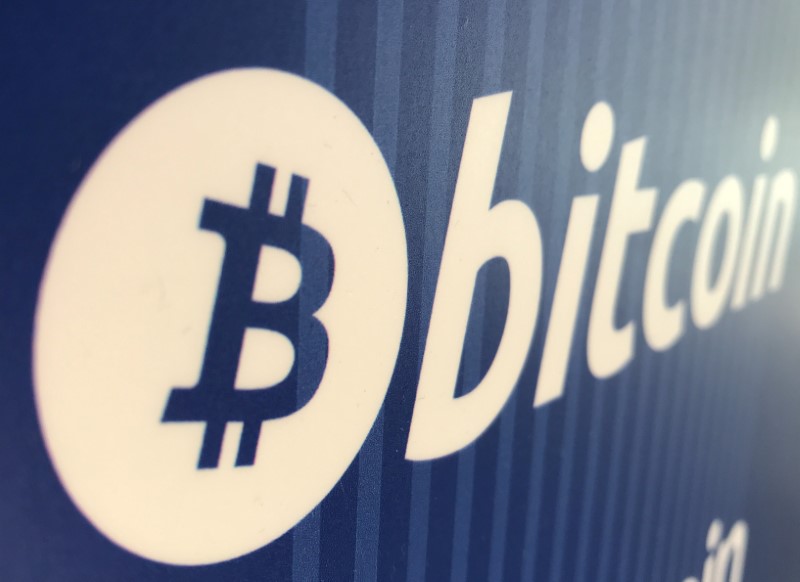BlackRock’s spot Bitcoin exchange-traded fund (ETF), the iShares Bitcoin Trust (NASDAQ:IBIT), has overtaken Grayscale Bitcoin Trust (BTC) (NYSE:GBTC) in total holdings, making it the world’s largest fund for the flagship cryptocurrency.
As of Tuesday, BlackRock’s IBIT held $19.68 billion in Bitcoin, slightly above the $19.65 billion held by the Grayscale Bitcoin Trust, according to data compiled by Bloomberg. The third-largest Bitcoin fund is Fidelity Investments' offering, with $11.1 billion in assets.
IBIT surpassing GBTC for the top spot was not a surprise, given that GBTC’s Bitcoin holdings dropped by 50% ahead of the Bitcoin halving. GBTC’s holdings decreased from 619,220 BTC on January 11 to the current level.
Since its inception, the iShares Bitcoin Trust has attracted $16.5 billion in inflows, while investors have withdrawn $17.7 billion from the Grayscale fund over the same period. Analysts attribute the outflows from Grayscale to its higher fees and exits by arbitragers.
Analyzing the accumulation trends, BlackRock's IBIT net flows decelerated since its peak on March 13, when the fund amassed $866 million in new capital. Despite this slowdown, BlackRock's holdings have surged by over 10,200%, growing from 2,621 BTC at launch.
Meanwhile, Grayscale is trying to save itself from further losses with plans to launch a second exchange-traded fund (ETF) that tracks spot Bitcoin prices with a reduced fee of 0.15%. The world’s largest crypto asset manager intends to spin off a portion of its existing Grayscale Bitcoin Trust (GBTC), which trades under the symbol “GBTC,” to provide the initial capital for the new ‘mini’ ETF.
The group of Bitcoin funds, with assets totaling $58.5 billion to date, has been recognized as one of the most successful new ETF categories. However, critics argue that volatile digital assets may not be suitable for widespread adoption, even within ETFs.
Some countries, like Singapore and China, either restrict or ban investor access to cryptocurrencies. Bitcoin has quadrupled in value since the start of last year, supported by the ETFs debut and a strong recovery from a deep bear market in 2022.
